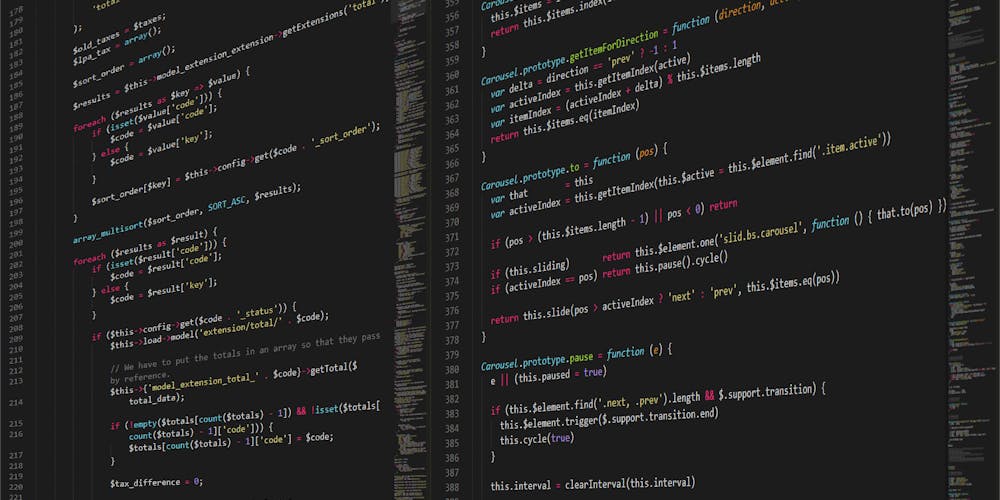The recent breach of Fujitsu’s security has heightened alarm about protecting confidential information in the tech world. When malware was spotted, swift action was taken to quarantine the impacted systems, showcasing the persistent challenge businesses grapple with in the realm of cyber threats. This incident illuminates the persistent risks and the continuous efforts required to secure data against sophisticated cyber-attacks, even for industry leaders like Fujitsu. Companies are reminded by such events of the critical nature of robust cybersecurity measures. This attack underscores the importance of advancing security protocols and remaining vigilant, as cybercriminals continually evolve their tactics to exploit any vulnerabilities. The tech industry is reminded yet again that maintaining the safety of personal and customer information must be a perpetual priority, and it necessitates investment in comprehensive cybersecurity strategies. Fujitsu’s quick response may have mitigated further damage, but it also signals the need for ongoing vigilance and adaptation in cybersecurity defenses across the sector.
Initial Discovery and Response to the Malware Intrusion
Detection of Malicious Activity
Upon spotting unusual patterns, Fujitsu’s cyber defense squad was quick to identify malicious software on multiple employee PCs, hinting at a significant security breach. This prompt detection is vital as the impact of cyberattacks grows with each passing minute. Swiftly discerning the malware allowed Fujitsu to trigger countermeasures to weaken the assault.
This breach came to light on an otherwise calm Friday, instantly transforming it into a critical situation, showcasing the resilience of round-the-clock cybersecurity vigilance. The event underscores the importance of advanced detection technologies in the IT industry’s arsenal against unlawful infiltrations. Thanks to their rigorous security infrastructure, the potential damage was reduced, underscoring the continuous need for vigilance and rapid response capabilities in the modern digital landscape to fend off cyber threats.
Containment Measures Undertaken
In facing a ransomware threat, Fujitsu acted swiftly, cordoning off the compromised systems from its network to halt the malware’s advance. This decisive move reflects the company’s seasoned IT expertise and readiness in digital defense and containment protocols. Understanding the gravity of such cyber threats, Fujitsu wasted no time in implementing its emergency measures to localize the issue.
The isolation not only contained the damage but also facilitated a safer analysis and repair process, critical for restoring secure operations. Such immediate and effective incident response showcases Fujitsu’s preparedness for cyber emergencies, emphasizing the company’s commitment to safeguarding its digital assets against potential breaches. The effectiveness of Fujitsu’s response serves as a benchmark for cyber-resilience in the tech industry.
Investigation and Communication by Fujitsu
Scope of the Cybersecurity Investigation
In response to the recent cyberattack, Fujitsu has launched a comprehensive investigation to ascertain the extent of the network compromise, initiating a rigorous examination following the detection of malware. With advanced forensic tools in play, the dedicated team is delving into the attack’s path to pinpoint its origin and gauge its overall impact.
The breach’s seriousness has cast doubt on the network’s security, prompting an exhaustive review of all systems for potential vulnerabilities. Fujitsu’s strategy involves evaluating the intrusion’s scope to reinforce their defense mechanisms, thereby enhancing their resilience against similar incidents in the future. This deep dive not only aims to fortify Fujitsu’s cybersecurity but also offers the possibility of providing valuable insights to the wider technological sector on preventing such breaches. The objective is clear: to emerge stronger and more secure, setting a precedent for cybersecurity across the industry.
Informing Stakeholders and Authorities
Fujitsu has taken a commendable step in ensuring transparency following a cybersecurity breach by immediately informing all affected parties and relevant authorities. This timely communication is not just good practice, it is crucial for mitigating damage and maintaining trust. By engaging with national authorities early, Fujitsu has set in motion a cooperative effort to address the security breach’s repercussions. This openness not only aids in upholding customer trust but also aligns with data protection laws and industry norms. Fujitsu’s approach exemplifies the corporate trend towards transparency in managing cyber incidents, recognizing the importance of sharing information to control and learn from these situations. Their proactive stance in dealing with the aftermath is a testament to their commitment to transparency and customer protection in an era where response times are pivotal.
Historical Context and Recurrence of Security Breaches
Similarity with Past Security Incidents at Fujitsu
The recent cyberattack underscores the lessons from 2021’s Fujitsu ProjectWEB breach. Fujitsu’s decision to shut down the platform after the attack was crucial, acknowledging the task of safeguarding digital domains. This latest security incident reaffirms the imperative for ongoing cybersecurity scrutiny and enhancements. It highlights the repetitive nature of cyber threats and the necessity for relentless innovation in defense strategies.
Adapting to the sophisticated and shifting threat environment is compulsory. It showcases the relentless progression of cyber adversaries, often keeping pace with, if not outstripping, defensive measures. Fostering an environment of perpetual improvement in cybersecurity protocols is essential. Each new cyber incident teaches us that vigilance and adaptation are critical in an arena where threats reinvent themselves with each cycle. The pursuit of robust cybersecurity is indeed a never-ending race against potential vulnerabilities.
The Rise of Cyber Threats in the Corporate Sector
Fujitsu’s recent cybersecurity woes highlight a critical concern for corporations: the rise of advanced cyber threats. The frequency and sophistication of these attacks underline the necessity for companies to keep their digital defenses robust and ever-evolving. This incident is a stark warning for others in the industry to enhance their security measures and develop comprehensive incident response plans. As companies become increasingly interconnected, the potential for a security breach to cause extensive collateral damage grows. Establishing strong cybersecurity protocols and engaging in ongoing threat detection are crucial, not merely for day-to-day operations but as a fundamental aspect of a company’s long-term viability in the interconnected digital landscape. Investing in cybersecurity is not optional; it’s indispensable for corporate survival and the prevention of widespread disruption.

